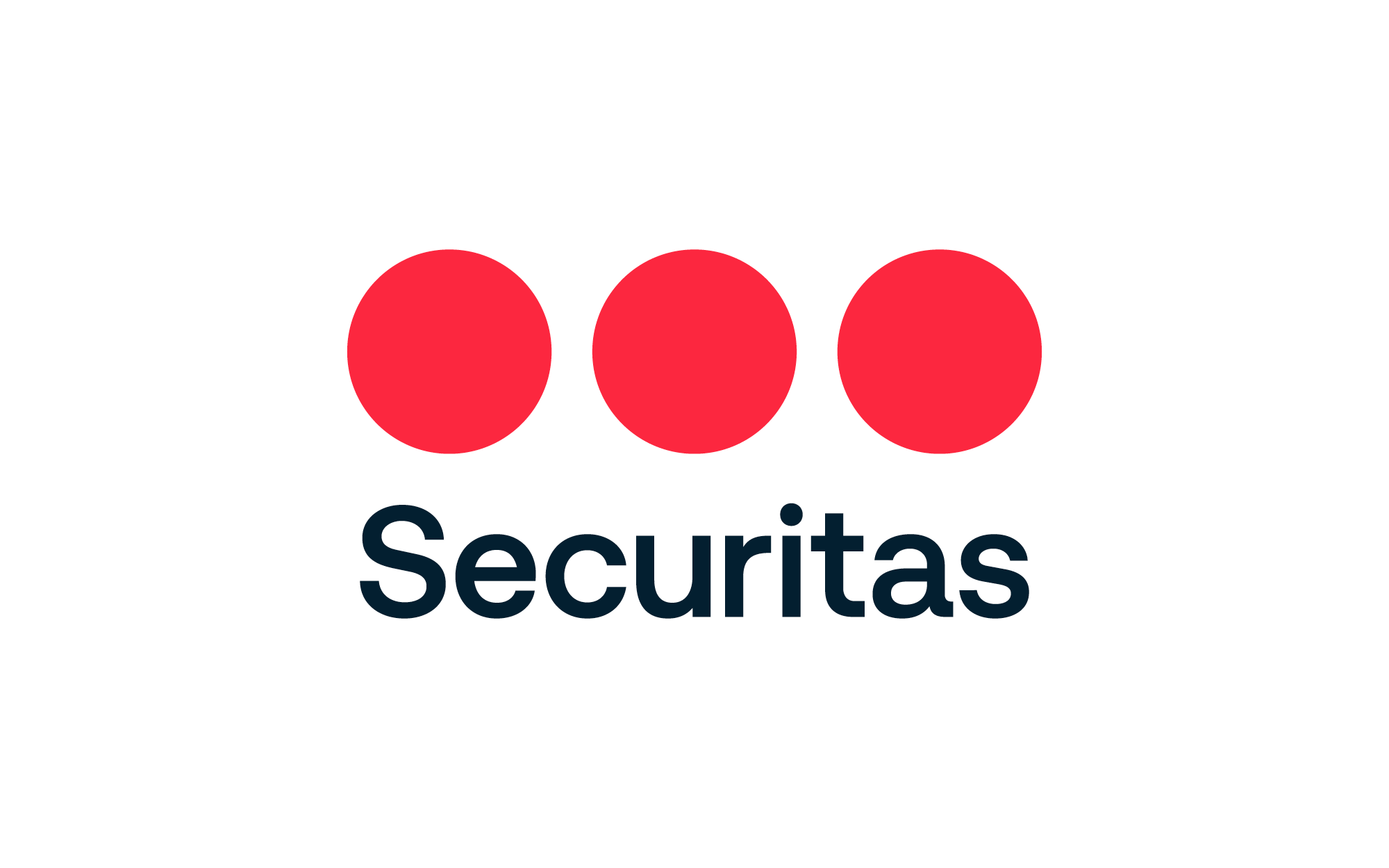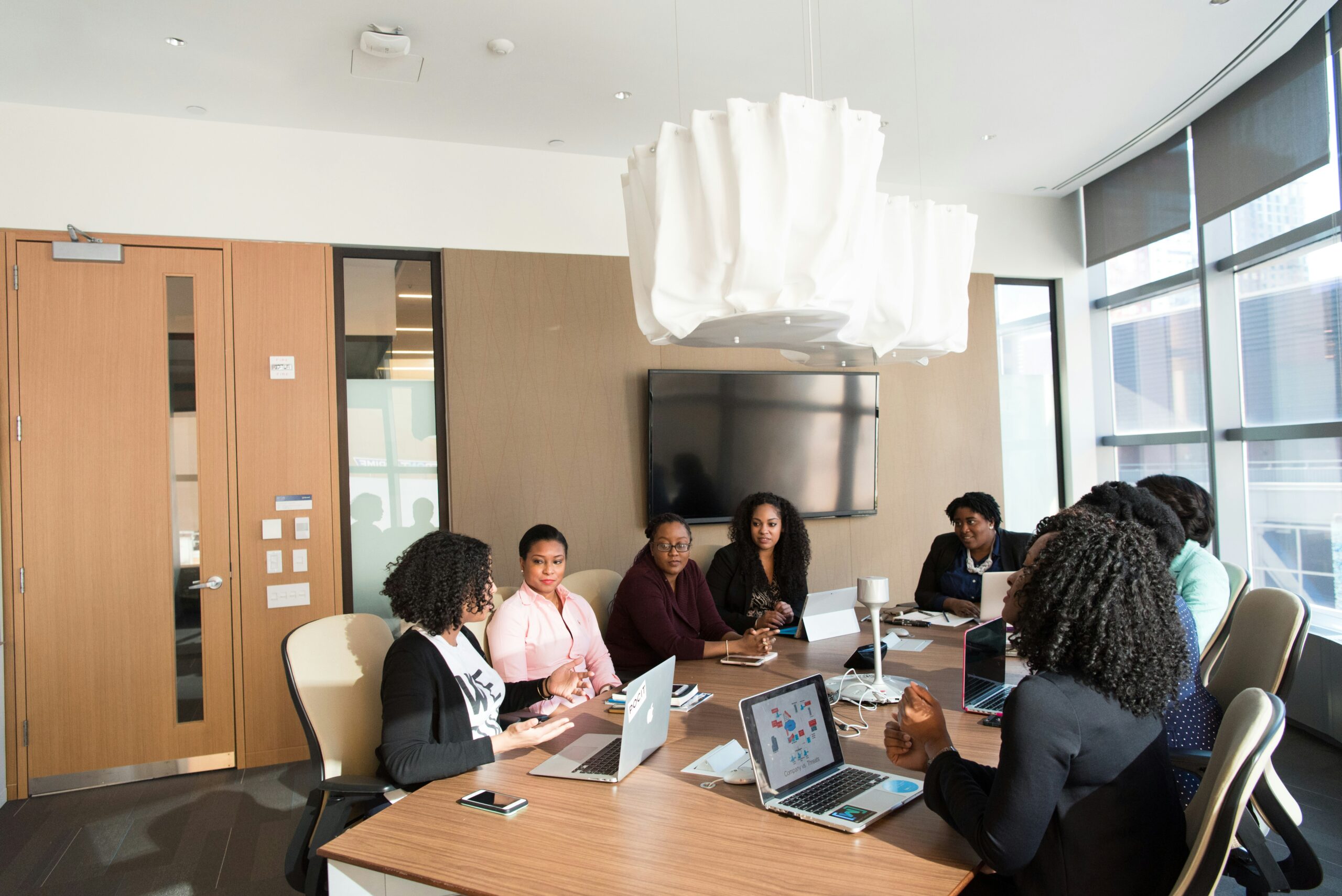End-of-year reviews aren’t only for the benefit of employees. Smart HR teams understand that the task of career development should be supported by data that indicates how employees can close their skill gaps. End-of-year reviews are an incredibly powerful tool in this effort, as they reveal the specific skills that are lacking, and can then be strengthened through customizable L&D programs.
The L&D Advantages of End-of-Year Reviews
Employee reviews are a valuable and timely opportunity to identify skill gaps, examine strengths, and correct weaknesses. The results of this analysis should form the basis of upcoming L&D programs. One way to judge the effectiveness of a learning and development strategy is to check if employee skills improved compared to the next end-of-year review. So make sure to note where individual workers must improve, and examine if and how much they have changed in a year from now.
Even if your company has recently performed well by ensuring that employees acquired the skills they needed, now is the time to assess what skills they’ll require in the upcoming year. HR and L&D professionals are facing a new business reality in which the skills required to thrive are constantly changing, and adapting to these changes is a dynamic process.
Building Skills in a Shifting Market
In previous years, many predictions about skills by industry experts have been matter-of-fact. They simply asserted that certain types of workplace and professional skills were important for HR teams to focus on at that time.
But this year, for instance, LinkedIn’s “Skills on the Rise 2025” starts with a disclaimer that “Change is constant in today’s work landscape,” and goes on to state that 70% of today’s job skills will change within 5 years from now. In short, a year is too long a period for determining skill trends. It pays to keep a constant eye on news about employee abilities.
This is because of major changes in the business world. To illustrate, here are LinkedIn’s top five workplace skill predictions for 2025, and why they are happening:
- AI Literacy – the rapid advance of AI technologies and a race to take advantage of their complex abilities
- Conflict Mitigation – the revision (or cancellation) of work-from-home policies and a multigenerational workforce
- Adaptability – economic and technological changes
- Process Optimization – a need for greater operational and cost efficiency due to competitive challenges and changing industries
- Innovative Thinking – dealing with AI and examining how human intelligence is still vital
The above factors will affect more than just employee skills. HR, and leaders in general, can use these developments as a basis for employee management strategies. In addition, these trends are already happening now. There is going to be a lag between the time where you recognize a change in the workplace and when employees build the skills to deal with it. An end-of-year review can reflect the quality of new skill building that begins mid-term.
Eliminating Employee Skill Gaps
As a starting point for identifying employees’ missing skills, organizations must identify the range of issues that are unique to them. But the main takeaway from LinkedIn’s prediction should be that eliminating skill gaps is a constant battle.
Before heading into those annual reviews, here are some important tips for HR and L&D leaders to keep in mind to ensure that employee skills remain at a competitive level:
Examine Current Conditions
Nobody’s perfect, and no company is, either. The first step in closing skill gaps is to set KPIs for each department or function, and assess how well employees are meeting them (check out our article about “measuring employee development” for more on this). In some cases, a KPI can be quantitative, such as retention rates. However, other factors, like resilience and communication, are subjective. In these cases, interviews with managers are crucial for understanding the department’s unique KPIs. For customer-facing employees, the customer themselves may have some feedback regarding employee performance, which can be extremely helpful and can help determine the relevant KPIs.
Account for Strategy
KPIs are ideal for an employees’ current objectives, but any successful business is always looking ahead. Matching the skill level of staff members to the strategic plans of the company is vital for continued success. For instance, if your company intends to expand geographically in the near future, do your managers and relevant employees have sufficient cross-cultural and change management skills? Having a full view of the upcoming year’s business goals and matching them to relevant employee skills (or lack thereof) will enable a tighter L&D strategy.
Look at Industry Trends
Of course, the company’s strategy should reflect changing competitive conditions and initiatives to come out on top in the market. However, there are many industry-wide, non-strategic skill changes that employers should also adjust to. Recent examples of this include the Covid-19 pandemic and the consequent move to hybrid and remote work, and the current rush to boost AI capabilities.
Align Skill Gaps with Personalized Employee Development Programs
After each step, HR and/or L&D leaders should have a list of skills that need to be improved (or developed from scratch). Next, it’s time to implement a personalized employee development program that identifies people within the organization who have the right talents to make the most of their learning, and those employees who need help in certain areas.
This includes coming up with a method to match employees with a qualified coach, mentor, or expert to teach the exact skill they require. For instance, ‘communication’ might be the skill in need, but there are many types of communication: written, verbal, group, leadership, etc. An effective development program will deliver unique coaching expertise for each L&D program participant, instead of a one-size-fits-all effort that is not only unsuitable for all employees, but also increases L&D program costs due to irrelevant programs.
Getting Guidance from Employees
L&D leaders sometimes forget that they have a powerful, often untapped source of information for formulating the most effective L&D programs…employees themselves! Given that this is all about them, they should have a say in what they learn. And the end-of-year review is a perfect time to hand them the microphone.
Employees are on the front lines and are often keenly aware of market changes, as well as the skills that go along with them. Many employees also have practical experience with learning initiatives and effective methods, particularly when it comes to their own L&D preferences.
Most important, however, is the engagement value of employee development. Organizations are realizing that one-on-one learning and development experiences are central to keeping employees motivated and reducing churn. According to eLearning Industry, workplace L&D programs increase engagement rates for 92% of employees. That’s why, for example, Amazon has pledged $1.2 billion for upskilling programs.
Best Practices for End-of-Year Reviews
So far, we’ve looked at how end-of-year reviews should influence L&D planning. But there’s a lot more to them. Employee reviews are an opportunity for an exchange of experiences and opinions that allow workers, managers, and the organization as a whole to change for the better.
Use a Quiet Setting
Reviews should be held in a quiet area where other employees will not intrude. Unless there’s some kind of emergency going on, the process should not be interrupted by phone calls or intrusions.
Many companies involve a third person, in addition to the manager and the employee. This might include an HR representative, coach, mentor, or senior manager. The idea is to have a neutral person in the room to (for example) record what’s being said, keep the conversation on track, and sharpen arguments (“so you’re saying that…”).
Don’t Assume
The principle of charity means that you always look at a person’s words and actions in a rational and constructive way. For instance, if an employee is failing in a certain area, ask them why and be empathetic. Avoid a point of view based on what an uncharitable manager would assume is laziness or lack of competence. It is usually the case that a worker is not totally to blame when things go wrong. Look into what are called the “Pull-Up” factors:
- Poor resource allocation
- Unexpected events
- Lack of support from other employees
- Unclear instructions
- Personal issues
In this way, managers and companies can develop better processes. Don’t forget that, if the employee has a good point about these factors, you should acknowledge that they are correct.
Be Positive, Even When You’re Negative
Hopefully, no matter how an employee performs, you can keep it professional and constructive. You might have a lot of negative comments, but stating them in an attacking manner will not help anybody. Instead, contemplate how you prefer to receive negative feedback, and use that approach. And when the meeting is over, ask the neutral person in the room how they think you did.
It’s also a good idea to start off with a compliment and end on a constructive note. Think about the positive tasks that the employee has accomplished and good attitudes that they have shown. When a (difficult) conversation is over, mention how you are looking forward to supporting the employee in their progress.
Be Specific When You Can
As you may have noticed, reviews should be a mixture of qualitative (“you’re a great communicator”) and quantitative (“you’ve met this KPI”) information. After all, you can’t always give a score to behavior or attitude, but you still need to cover them in any review. However, there are various tools for measuring employee development, even for soft skills.
Another concept to keep in mind is to provide examples of tasks and behavior that come up during the discussion. It’s a real challenge for managers to jot down these kinds of details over the year, but they provide a concrete illustration to an employee of what you are talking about.
Use the CPR Framework
CPR stands for content, patterns, and relationship. It’s a tool for use in personal discussions, but it can also work well in a professional setting.
CPR is great for making clear arguments. If there are a few specific points that you need to mention during an end-of-year review, CPR gives you a method to deliver a short but informative explanation. Here’s how it works:
Content. What exactly is the problem? Make sure that you define the issue faced by the employee in a succinct manner. For example, don’t say “you are always late”. Instead, you can say “you started your workday late four times in the past month”.
Patterns. Is this really a problem? If an employee was only late this morning (very bad timing for an end-of-year review!), then you should ignore it. But if it’s a regular occurrence, then make sure to bring it up.
Relationship. Why is this a problem? Let the employee know what harm is done through their behavior so that they understand it is serious. For instance, being late sets a bad example and can lead to lower productivity.
The Power of Continuous Professional Development
One challenge to be aware of is that continuous feedback delivers advantages that year-end reviews cannot. But many managers and HR professionals, especially in large companies, don’t always have the time for this process.
Yet there are many ways to implement a continuous professional development initiative. Not every feedback meeting requires all of the detail of a year-end review. Sometimes, on-the-spot comments and short weekly one-on-one meetings can do the trick.
How to Turn End-of-Year Reviews into a Customized L&D Plan
Growthspace enables individualized precision skill development programs that are customized to fit the unique challenges of not only the entire company but each individual employee. Growthspace delivers one-on-one expert training with the perfect fit from our 2,500+ member database of coaches, mentors, and trainers. By using end-of-year reviews as the basis for program creation, HR and management can pinpoint L&D efforts through the Growthspace platform, which offers the technology, feedback, and analysis necessary to make the most of your learning and development budget – and enjoy the best results.
Find out how Growthspace helps your employees learn the right skills at the right time, and enables your organization to save on development programs. Book a demo today.




